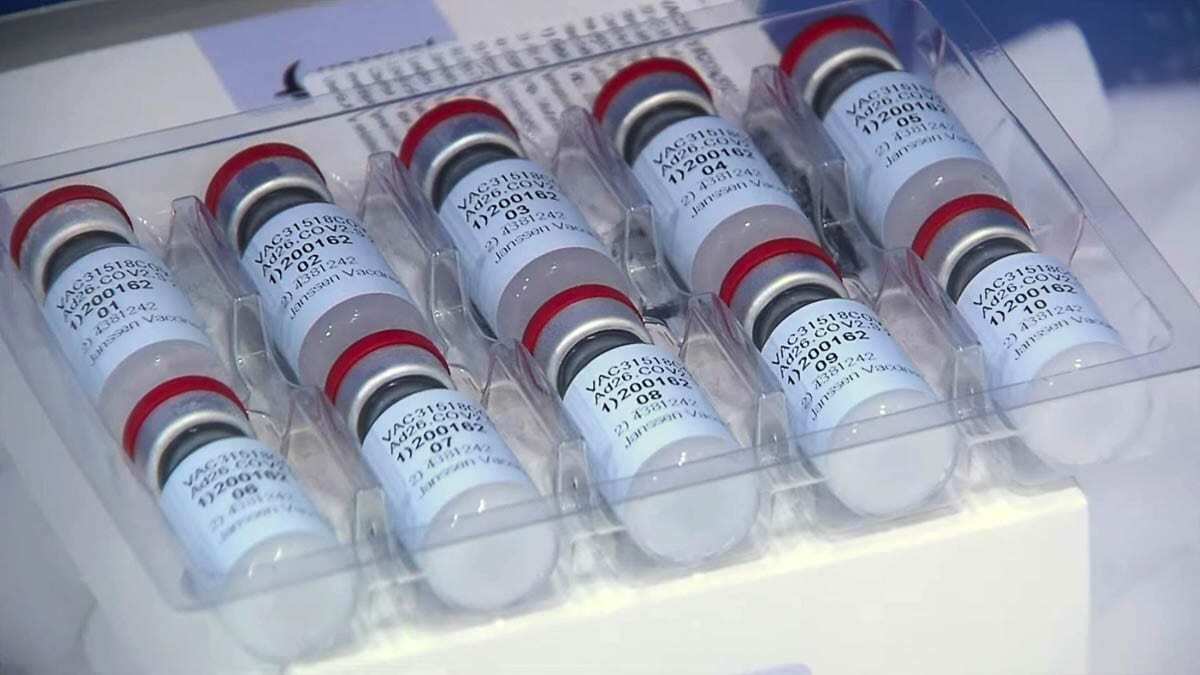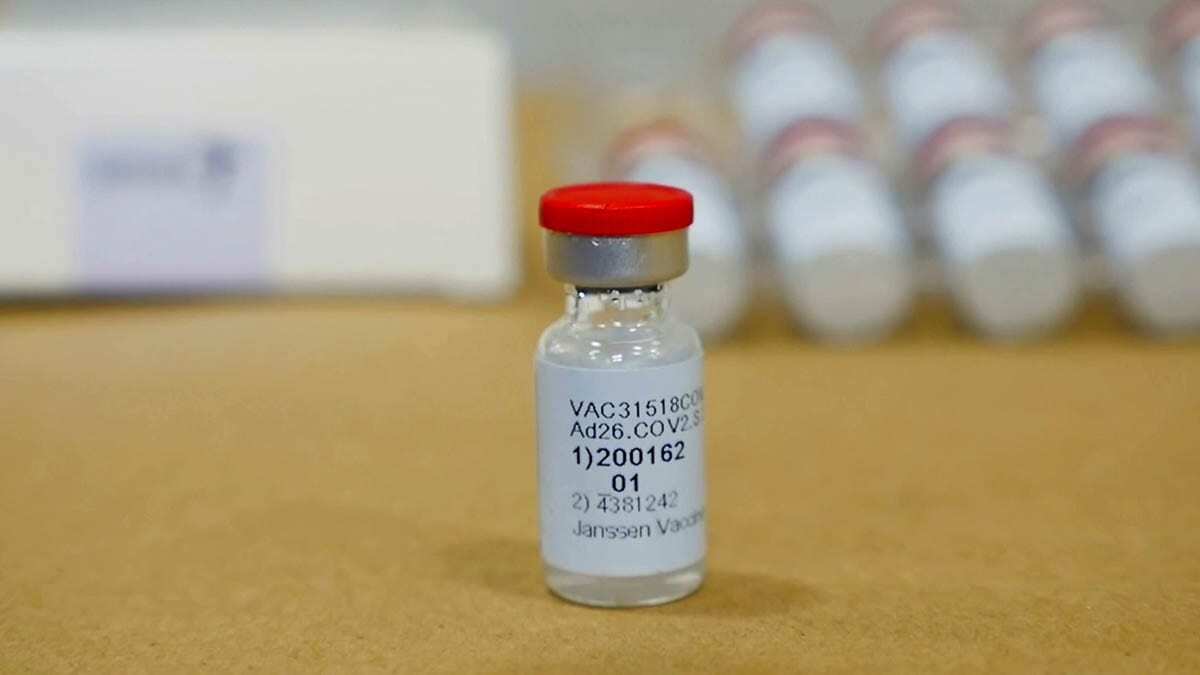The single-dose vaccine is easier to ship and store, making it a possible game-changer in rural communities
Washington Gov. Jay Inslee announced Wednesday that the Western States Scientific Review Workgroup has unanimously signed off on the one-shot COVID-19 vaccination made by Johnson & Johnson’s pharmaceutical arm Janssen Biotech.
“The Workgroup’s authorization gives us further confidence around the safety and efficacy of the J & J vaccine,” Inslee said in a news release. “Like the other two, this vaccine offers strong protection against serious illness from COVID-19, which is critical in our fight against this deadly virus.”

That decision came three days after the Food and Drug Administration (FDA) issued an Emergency Use Authorization for the vaccine, making it the third to be approved,after the Pfizer-BioNTech and Moderna mRNA vaccines, which each require two doses either 21 or 28 days apart.
The J & J vaccine could be a major factor in helping to vaccinate populations who live in rural parts of the state, due to the fact it can be kept at regular refrigerated temperatures, rather than requiring the cold and ultra-cold storage of the Moderna and Pfizer vaccines.
It also is a single-dose vaccine, which was shown to be up to 67 percent effective at preventing symptomatic cases of COVID-19 in trial participants, and over 85 percent effective at preventing severe or critical cases within 28 days of vaccination.
While the J & J vaccine is less effective overall, in terms of preventing infection, health experts noted that there were no known cases of death or hospitalization from COVID-19 amongst trial participants.
Washington’s Department of Health (DOH) said they expect just over 60,000 doses of the new vaccine this week, though a determination about which areas will be first to receive them has not yet been announced.
“With the delivery of the J & J vaccine this week, and overall increase in the number of vaccine doses coming to Washington, we have increased our capacity to get vaccine to all parts of the state,” Inslee said. “We are making good progress on vaccination rates, and this third vaccine will help our efforts to get as many people vaccinated as quickly as possible.”

The news is especially welcome as the state announced Tuesday that Pre-K and K-12 school staff, along with licensed childcare providers, are now eligible to be vaccinated. Details on how that rollout will be handled are still being worked out.
Johnson & Johnson said it hopes to ship 94 million doses of its vaccine by the end of May, which would be in addition to more than 164 million additional doses promised by the Biden administration over that same time.
How the vaccines differ
All three vaccines work to achieve the same end result, prompting the body’s cells to produce the spike protein from the SARS-CoV-2 virus that causes COVID-19, thus leading the immune system to produce antibodies trained to neutralize the real virus.
How they accomplish that is where the difference lies.
The Moderna and Pfizer vaccines use a fragile strand of messenger RNA, which instructs the body’s cells to manufacture the spike protein. That’s the distinctive “crown” or corona on the surface of the virus which attaches to ACE-2 receptors in the body, and from which that family of viruses gets their name.
The body’s immune system then activates, creating antibodies that can attach to that spike protein, neutralizing the virus.
Janssen’s vaccine adds in an extra step, encasing a bit of viral DNA in an adenovirus (the kind that causes many common colds) which has been stripped of its ability to cause an infection.
That adenovirus, called Ad26, carries the DNA into your cells, where it’s then copied into messenger RNA. That mRNA then codes for the coronavirus spike proteins in the same way as Pfizer’s and Moderna’s vaccines.
Since DNA is double-stranded and much less fragile, the J & J vaccine doesn’t require rigorous ultra-cold storage and can be kept at regular refrigeration temperatures until it is needed.
Adenovirus vaccines are thought to potentially imbue a stronger immune system response by invoking the body to produce both antibody and memory T-cell responses, though further research is needed.
A fourth vaccine candidate, created by Maryland-based biotech company Novavax and AstraZeneca Pharmaceuticals, could also receive approval in the coming months.
The Novavax vaccine uses a more standard process known as a Recombinant Protein, which places the spike protein in a carrier particle. It has been shown to be up to 94 percent effective, including 89 percent against a South African variant of the virus.
Like the Johnson & Johnson vaccine, the Novavax variant is easier to store and ship, and also requires a small amount to effectively inoculate an individual, meaning more doses can be had per bottle and manufacturing costs could be lower.
The company has not yet set a date on when they might apply for an Emergency Use Authorization from the FDA.




